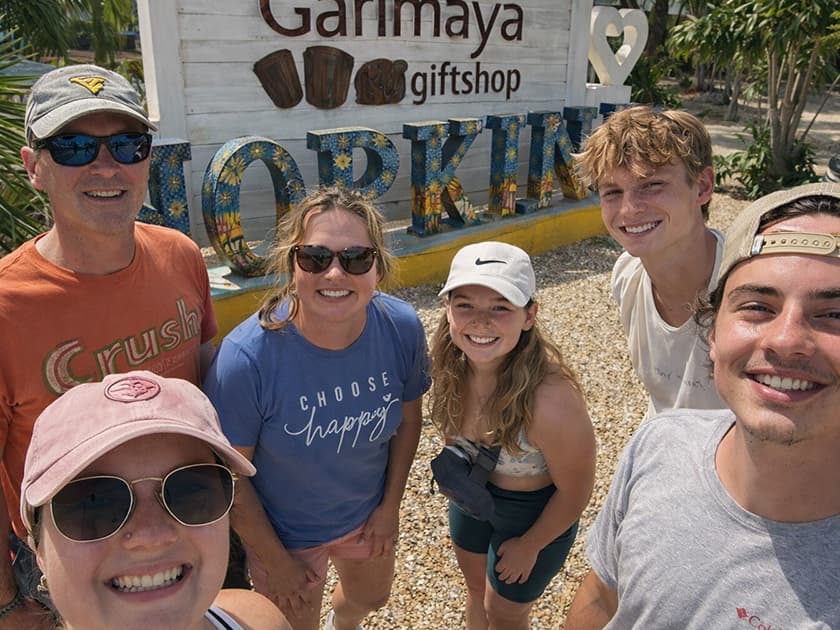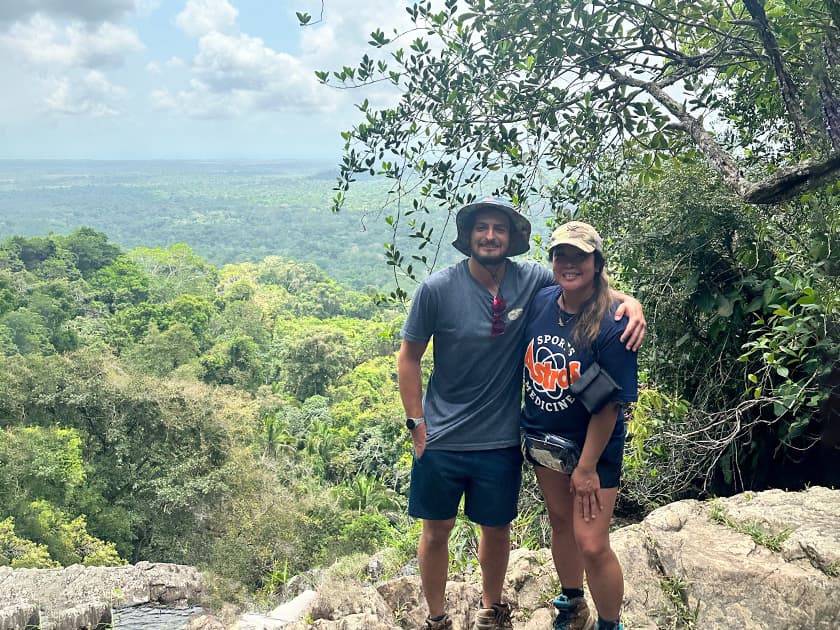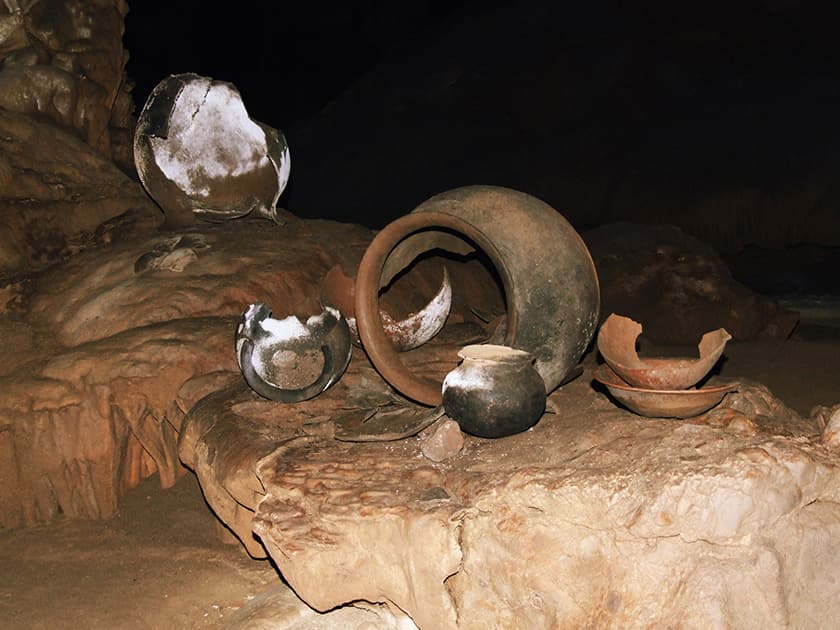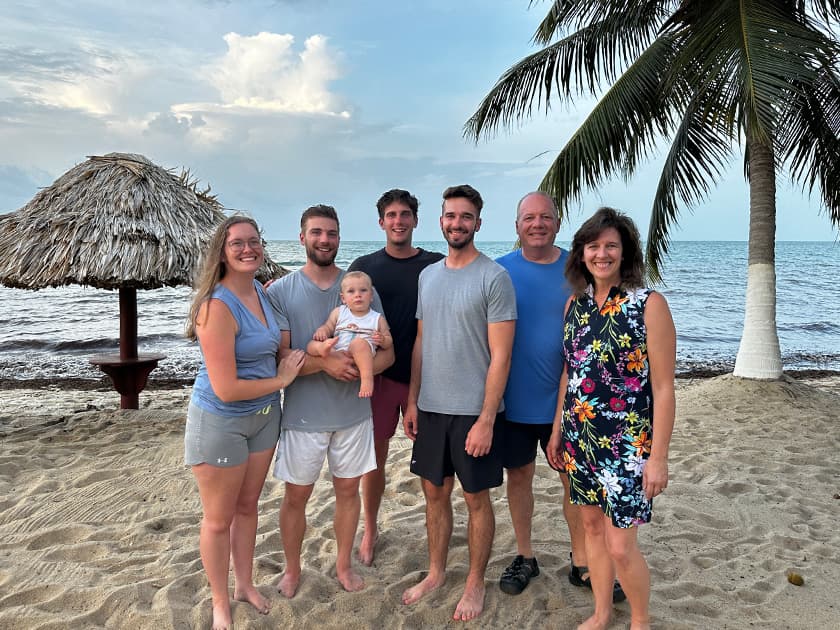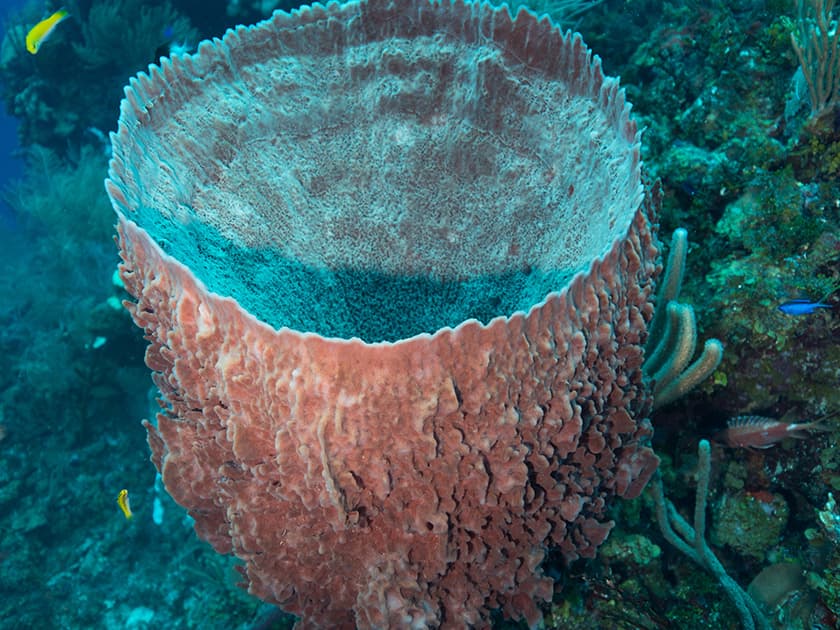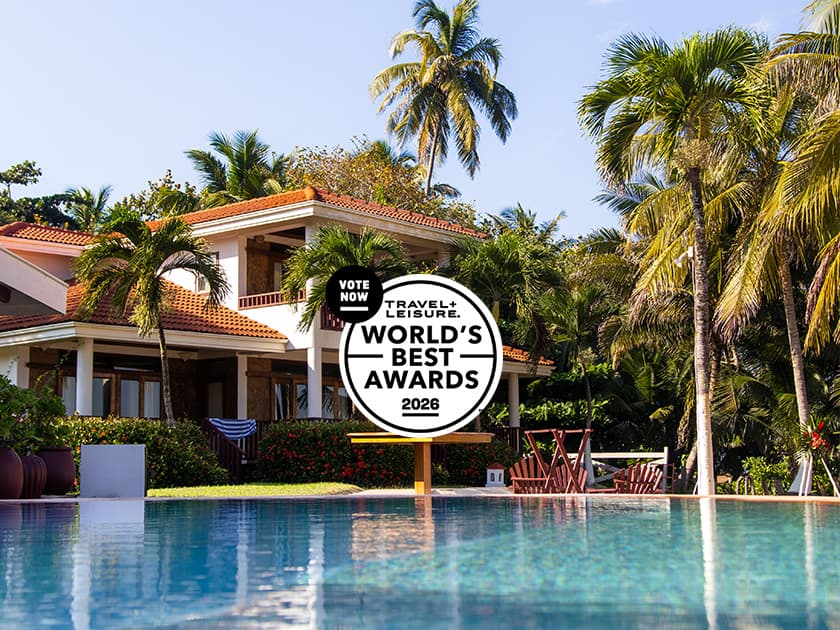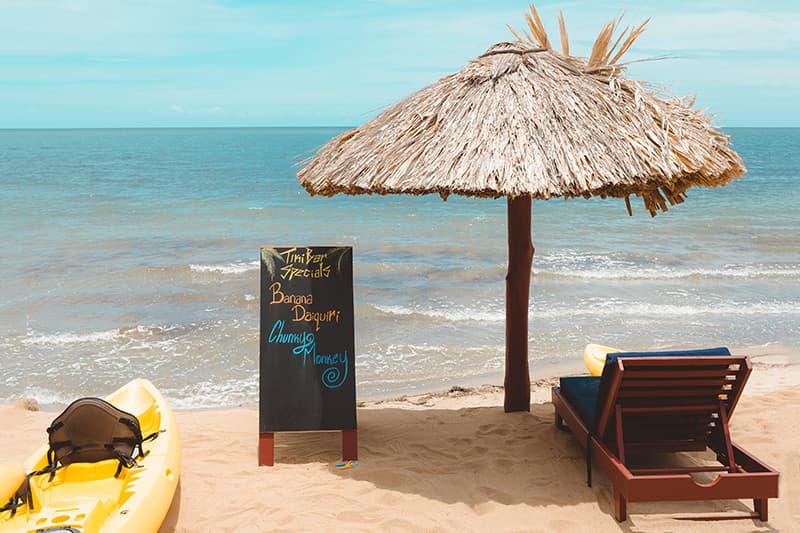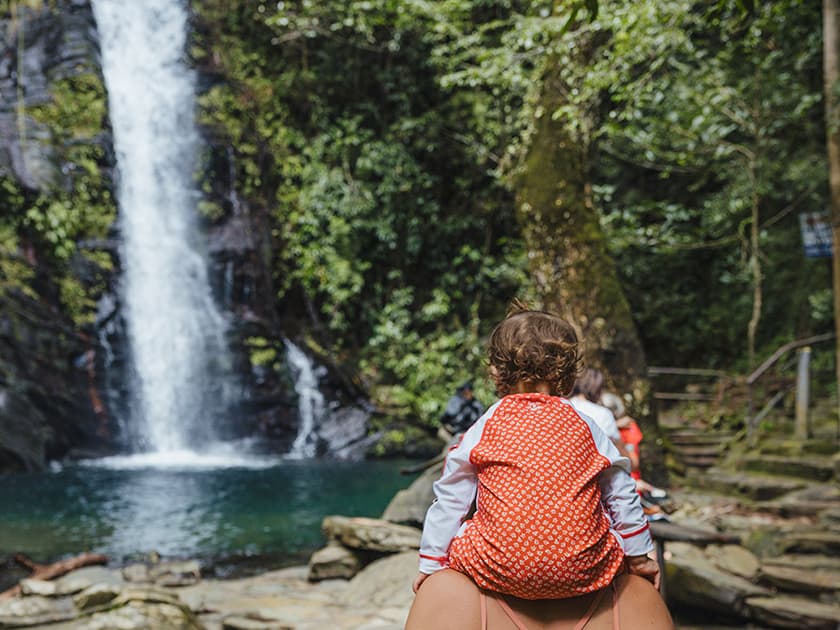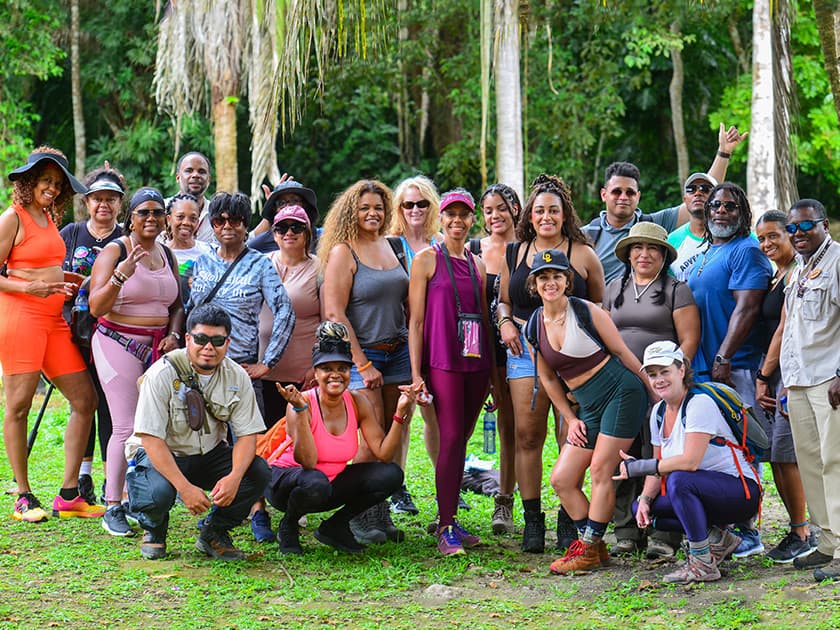Read Our Blog
If asked what part of your child’s or teen’s body needs the most protection, your answer is likely to be the brain. That is why you buy bike helmets, think carefully about injuries during sports, and worry when your kids take a hard fall on the playg… Read more
All Inclusive Adventure Packages: Making 2026 Planning Easy
As the 2026 travel horizon dawns, much has been said by professionals about how savvy nomads are advised to broach a new year of trip planning. Perhaps the best bit of advice comes fro… Read more
Exploring Belize’s Ancient Past
There’s a reason apathetic students awaken when they transfer from math or science to social studies classes: Scientific and mathematical studies are somewhat interesting to students whose brains are wired for nu… Read more
When winter finally fades and the first signs of spring appear, conversations about spring break start popping up everywhere. For some families, that means teens or college students hearing about trips their friends are planning. For others, it means… Read more
Just For Risk-Takers: From Reef Snorkelers to Zip-liners, This Itinerary Will Delight You!
What kind of a risk taker are you? According to Sheryl Jensen, writing for the New Zealand Culture Movers blog, not every risk taker is prepared to strap… Read more
Elections have made big news of late in the United States as the moods of voters have vacillated between excitement and controversy! These contests point to equally divisive elections as primaries begin to take place in spring 2026, so make sure you’… Read more
Travelers who invest extra time planning can almost double the number of sites and attractions they see if they use a detailed map to plot out a route based on the places they most want to visit. How to do that if you’ve chosen Hopkins, Belize as you… Read more
Belizean Warmth. Black Friday Savings.
Sandy and Eddie are a popular couple within their social circle—not because they throw great parties, decorate with the finesse of award-winning decorators, or are known for charitable giving. These… Read more
What will your “last great adventure” of 2025 look like? Will it be a local affair that takes you to familiar places and familiar activities, or do you have an itch that can’t be scratched for an overseas experience offering you memories that stand o… Read more
You’re not the only parent eager to plan a winter escape who has been fretting over whether it’s a good idea to remove the kids from school for this vacation. You worry that they’ll fall behind and that disrupting routine may negatively impact their … Read more

